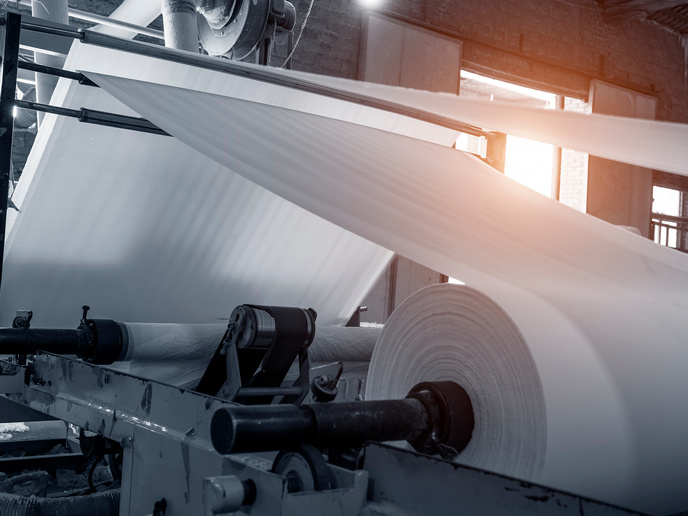From paper to biofuel
The pulp and paper industry plays a big role in the European economy. Not only is it responsible for nearly a quarter of the world’s production, the sector employs nearly 180 000 people directly and adds up to EUR 21 billion to the EU’s gross domestic product. But more than an economic powerhouse, pulp and paper mills produce a raw material that serves as a sustainable alternative to plastics. However, to become truly sustainable, the industry must clean up its production process – which is exactly what the EU-funded Pulp and Fuel(opens in new window) project intends to help them do. “The papermaking process involves the use of chemicals and produces a waste stream that includes bark and black liquor, an aqueous solution of lignin residues, hemicellulose and inorganic chemicals,” explains Geert Haarlemmer, a researcher at the French Alternative Energies and Atomic Energy Commission (CEA)(opens in new window) and Pulp and Fuel project coordinator. Typically, this waste is burned, which produces climate change-causing CO2. While some of this can be captured and reused for heat, the majority ends up in the atmosphere. “What our project proposes is to replace the combustion process with a gasification one that can transform this waste into a biofuel,” adds Haarlemmer.
Striking the right balance
During the project, researchers developed a basic engineering case for producing a synthesis gas that can be converted into a biofuel. Yet getting to that point proved to be more difficult than expected. “The supercritical water gasification of black liquor turned out to be quite challenging,” says Haarlemmer. “The technology is new and the severe conditions impose harsh constraints on the materials.” One of the key challenges that the project faced was striking the right balance between supercritical water gasification and the dry gasification of bark, a process that uses established technologies such as entrained flow and fixed bed gasifiers. “Finding this balance is important as each gasification technology produces a specific gas composition,” notes Haarlemmer. For demonstration purposes, Haarlemmer says that some degree of water gas shift is required to obtain the required gas composition. “The objective is to further develop the supercritical water gasification technology so this shift is no longer needed,” he explains.
Contributing to the EU’s biofuel production capabilities
In addition to establishing the basic engineering case for building a demonstration plant, researchers also conducted a full economic, environmental and social evaluation of their proposed solution. “Our work shows that it should be possible for a pulp mill to produce biofuels in an economically viable way,” remarks Haarlemmer. The system would increase the EU’s biofuel production capabilities and help reduce Europe’s dependence on fossil fuels – a key component of the REPowerEU initiative(opens in new window). “With the Pulp and Fuel solution, this key industry won’t just be a major economic player, it will become a major player in the biofuel production value chain,” concludes Haarlemmer.







